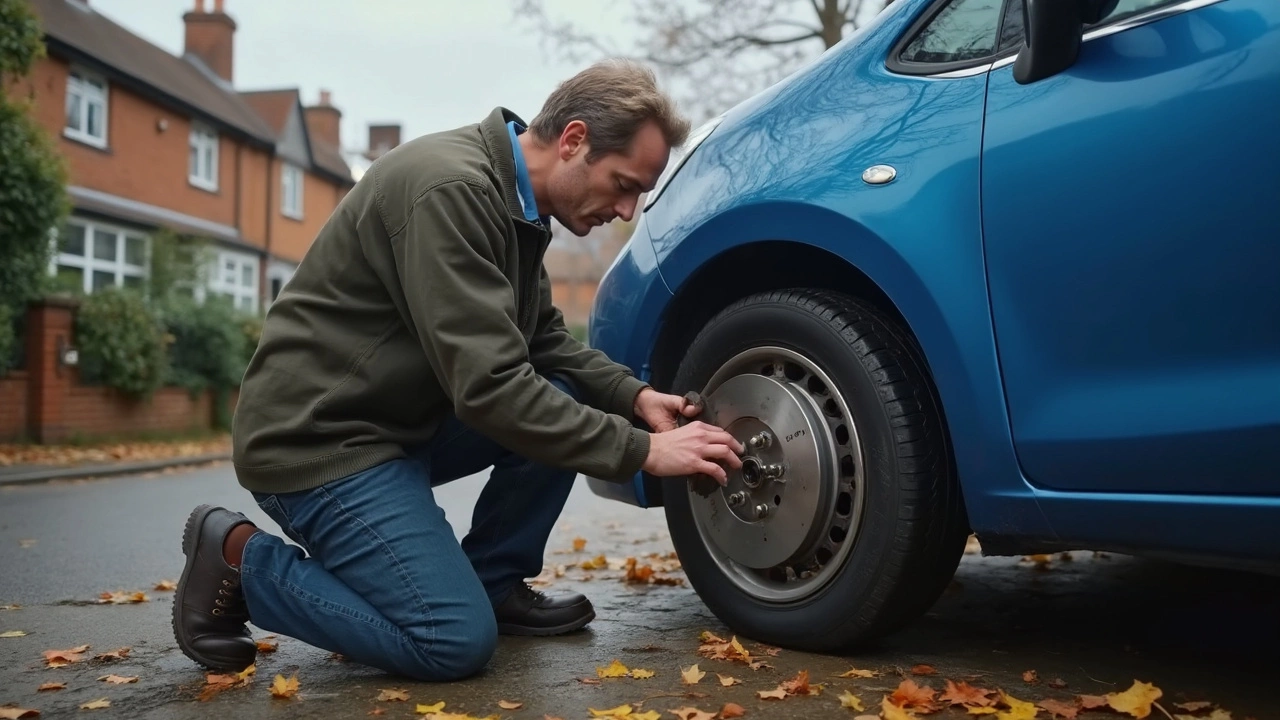Brake Rotors: What They Are and Why They Matter
When dealing with brake rotors, the metal discs mounted on each wheel that press against brake pads to slow or stop a vehicle. Also called rotors, they form a core part of the brake system, the collection of components that control vehicle speed. Pairing them with brake pads, the friction material that contacts the rotor surface creates the friction needed for safe stopping. When rotors wear unevenly, rotor resurfacing, a machining process that restores a flat, smooth surface can extend their life and save you money. Understanding how brake rotors work helps you spot problems early, plan maintenance, and avoid costly replacements.
Key Factors to Consider When Evaluating Rotors
First, look at rotor thickness. Most manufacturers specify a minimum safe thickness; dropping below that number means the rotor is unsafe, no matter how smooth the surface feels. Next, listen for pulsating brake pedal or vibration while braking – those are classic signs that the rotor surface is warped or scored. If you notice a high‑pitched squeal when you apply the brakes, that usually points to worn brake pads, but it can also mean the pads are unevenly gripping a damaged rotor. In such cases, a quick visual check for discoloration, rust spots, or scoring can tell you whether a simple resurfacing will do the trick or if a full replacement is needed. Cost is another factor: resurfacing typically runs about half the price of a new rotor set, but it only makes sense if the rotor is still within thickness limits and the material isn’t cracked.
Finally, think about your driving style and vehicle type. City commuters who brake hard and often will see rotors wear faster than highway cruisers who use engine braking. Heavy‑duty vehicles, vans, or boats with marine‑grade brakes often require rotors made from higher‑strength alloys, and those alloys may not respond well to resurfacing. When you’re planning maintenance, combine rotor inspection with a brake fluid flush and pad check – a healthy brake fluid keeps the system from corroding, while fresh pads ensure even contact with the rotor surface. By treating the brake system as a whole, you’ll extend the life of every component and keep stopping distances short. Below you’ll find a curated set of articles that dive deeper into rotor lifespan, cost‑analysis of resurfacing versus replacement, and step‑by‑step guides for DIY inspection.

How Do I Tell If I Need New Rotors? Spotting the Signs Early
Jun 17 2025 / Brake PadsNot sure if your car needs new rotors? This article covers the real signs that your brake rotors might need replacing, from obvious noises to those hidden hints you might miss. Get tips for a quick inspection at home, learn how rotors and brake pads work together, and find out why ignoring rotor is never worth the risk. Plus, check out some smart advice for drivers who want to avoid surprise repair bills. If you're unsure about what's going on with your brakes, this is made for you.
VIEW MORE